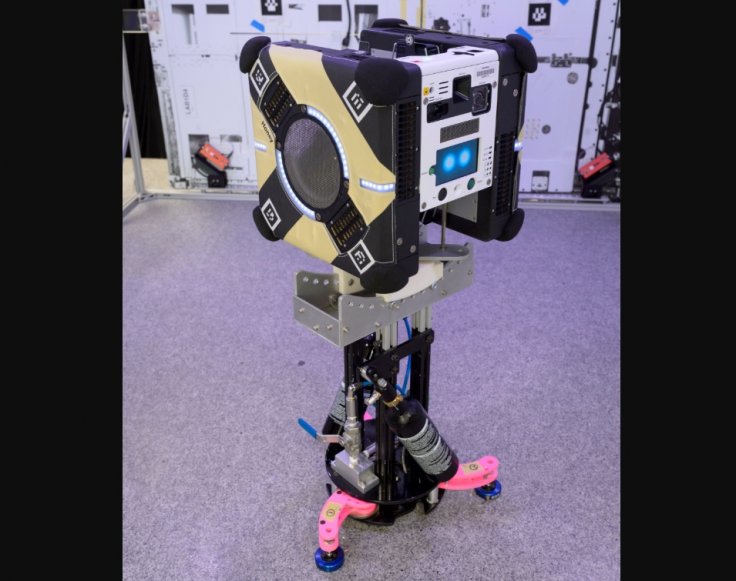
Several space experts believe that robots have a crucial job to do in future space missions. Now, NASA, the United States space agency has sent three floating robots to the International Space Station (ISS). NASA has named these floating robots, 'astrobees', and their primary job is to streamline daily activities for the astronaut crew living in the ISS.
NASA has named these robots, Honey, Queen and Bumble. When needed, these robots can return to their docking station and recharge their battery power. These machines are also equipped with perching arm that allows it to grasp station handrails in order to conserve energy and to assist astronauts in conducting experiments.
In a recent statement, NASA revealed that astrobees will help astronauts to schedule their day to day activities in a better manner during their time in the ISS. These machines will also help astronauts to conduct various researchers so that humans will get a better understanding of how robots will work in microgravity conditions.
"Astrobee, NASA's new free-flying robotic system, will help astronauts reduce time they spend on routine duties, leaving them to focus more on the things that only humans can do. Working autonomously or via remote control by astronauts, flight controllers or researchers on the ground, the robots are designed to complete tasks such as taking inventory, documenting experiments conducted by astronauts with their built-in cameras or working together to move cargo throughout the station. In addition, the system serves as a research platform that can be outfitted and programmed to carry out experiments in microgravity - helping us to learn more about how robotics can benefit astronauts in space," explained NASA in the statement.
A few months back, SpaceX founder Elon Musk had revealed that the first Mars inhabitant will be most probably a robot powered with artificial intelligence. Musk made these remarks while interacting with his Twitter followers, and he made it clear that there is a 0 percent chance that the first inhabitant on the Red Planet will be a robot.









